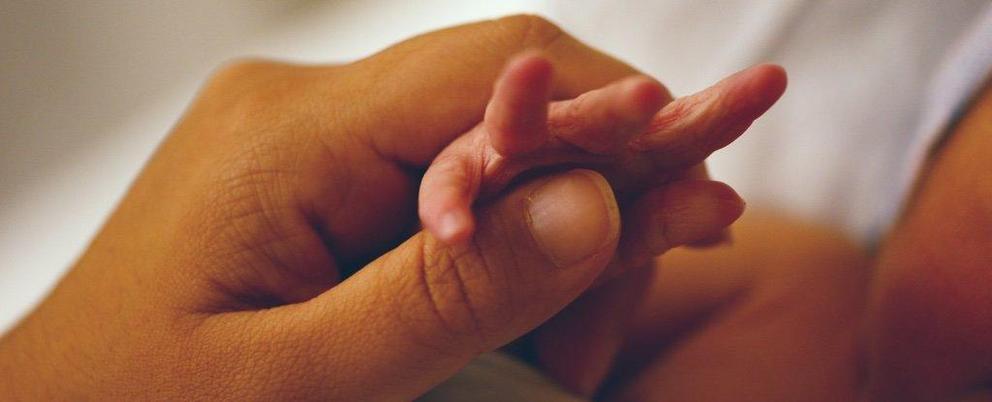US fertility rates have plummeted into uncharted territory and nobody knows why
We're not saying Gilead, but...
The US birth rate has hit a new record low, with women in nearly every age group giving birth to fewer babies than a year ago.
New figures show just 60.2 babies were born in 2017 for every 1,000 women of 'childbearing' age (15-44) – a low not seen in the US since officials began charting national birth rates decades ago.
The statistic – contained in new provisional birth data for 2017released by the Centres for Disease Control and Prevention (CDC) – is what's called the general fertility rate (GFR), which saw a 3 percent fall from the rate in 2016: the largest single-year GFR decline since 2010.
There are other key measures to track birth rates in addition to the GFR, but each of them suggest essentially the same thing: that fertility in the US is falling significantly, and for reasons that researchers don't entirely understand.
One such measure is the total fertility rate (TFR), an estimate of the number of births a hypothetical group of 1,000 women would have over their lifetimes, based on age-specific birth rates.
For 2017, it stands at 1,764.5 births (per 1,000 women), another 3 percent drop from 2016 levels, taking the TFR to its lowest point since 1978.
What's more, the TFR is now clearly hundreds of births short of what is called 'replacement': the level of births needed for a generation to replicate its population count.
In the US, that marker is 2,100 births per 1,000 women – well above the current 1,764.5 – although the shortfall is nothing new: the CDC says the US birth rate has generally been below replacement since 1971.
Continuing the theme, the total number of births in the US for 2017 was 3,853,472 – a 2 percent fall from 2016's count, but also the third straight year showing a decline, resulting in what is now the lowest number of births in 30 years.
Some of the overall picture can be explained by the fact that birth rates generally fell for all women of childbearing age – except for one age category: women aged 40-44 actually had 2 percent more babies than in 2016, whereas virtually every other age category saw declines or remained unchanged.
What makes this downward trend harder to comprehend is the overall population of women of childbearing age is significantly greater than it was a decade ago, with there being 7 percent morewomen aged 20 to 39 in 2017 than there were in 2007.
"Every year I look at data and expect it will be the year that birth rates start to tick up, and every year we hit another all-time low," University of New Hampshire demographer Kenneth M. Johnson, who wasn't involve in the report, told The New York Times.
"It's one of the big demographic mysteries of recent times."
Not that it's a total enigma.
Women under 40 in the US are having fewer babies than they used to, but it's not a trend in total isolation from other societal shifts.
At the same time, researchers say, these women are postponing marriage, achieving higher levels of education, and entering the workforce in greater numbers.
There are also temporal economic factors to consider, such as the extent to which the shadows of the Great Recession still factor on people's lives – which may make them consider delaying starting a family (or postpone adding to one).
"Our own survey data shows that people stated they were postponing birth until the economy picked up again," demographer Gretchen Livingston from the Pew Research Centre told CNN.
"Whenever there's an economic downturn, it's pretty normal for there to also be a downturn in fertility."
While experts say we shouldn't put too much stock in the results of just one year's data – which could be a blip – it's clear there's something of a larger downward trend going on here too, the future of which yet isn't clear.
If that tendency continues unabated, it might have profound implications for the US economy of the future – as the low baby population of today will be the workers of tomorrow, and if their numbers don't bounce back sometime soon, neither will the future US workforce.
That's the economic outlook, at least.
From another perspective – given what we know about the most effective ways to reduce your carbon footprint –there's also a definite upside, environmentally speaking, to having fewer children.
"There are experts out there who would argue that, given limited resources, maybe there's an advantage to lower population growth," Livingston said, "which could be driven by fewer births."
The findings are available on the CDC's website.

